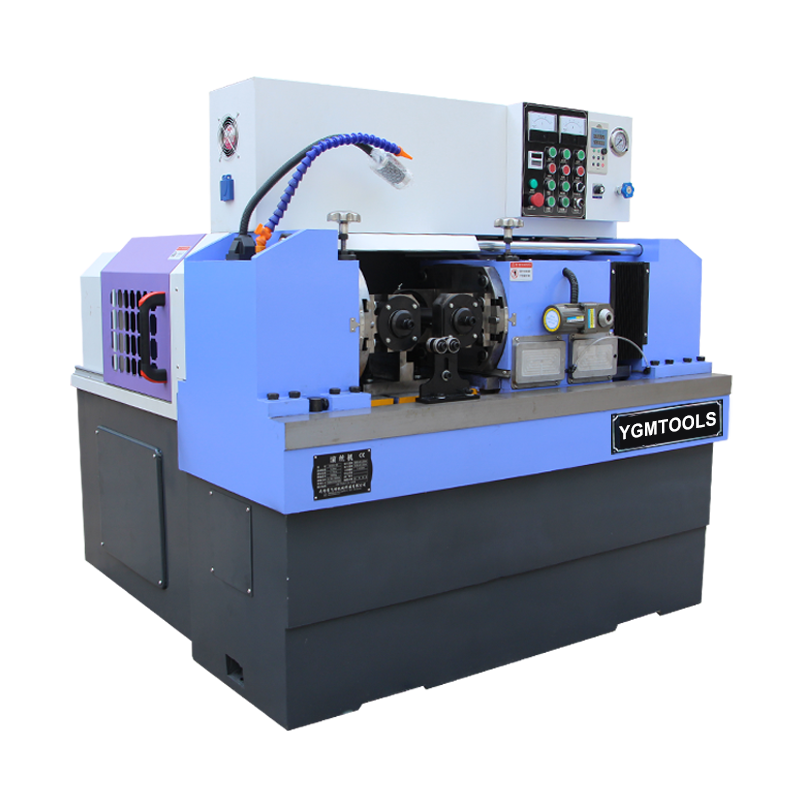
-
 Afrikaans
Afrikaans -
 Albanian
Albanian -
 Amharic
Amharic -
 Arabic
Arabic -
 Armenian
Armenian -
 Azerbaijani
Azerbaijani -
 Basque
Basque -
 Belarusian
Belarusian -
 Bengali
Bengali -
 Bosnian
Bosnian -
 Bulgarian
Bulgarian -
 Catalan
Catalan -
 Cebuano
Cebuano -
 Corsican
Corsican -
 Croatian
Croatian -
 Czech
Czech -
 Danish
Danish -
 Dutch
Dutch -
 English
English -
 Esperanto
Esperanto -
 Estonian
Estonian -
 Finnish
Finnish -
 French
French -
 Frisian
Frisian -
 Galician
Galician -
 Georgian
Georgian -
 German
German -
 Greek
Greek -
 Gujarati
Gujarati -
 Haitian Creole
Haitian Creole -
 hausa
hausa -
 hawaiian
hawaiian -
 Hebrew
Hebrew -
 Hindi
Hindi -
 Miao
Miao -
 Hungarian
Hungarian -
 Icelandic
Icelandic -
 igbo
igbo -
 Indonesian
Indonesian -
 irish
irish -
 Italian
Italian -
 Japanese
Japanese -
 Javanese
Javanese -
 Kannada
Kannada -
 kazakh
kazakh -
 Khmer
Khmer -
 Rwandese
Rwandese -
 Korean
Korean -
 Kurdish
Kurdish -
 Kyrgyz
Kyrgyz -
 Lao
Lao -
 Latin
Latin -
 Latvian
Latvian -
 Lithuanian
Lithuanian -
 Luxembourgish
Luxembourgish -
 Macedonian
Macedonian -
 Malgashi
Malgashi -
 Malay
Malay -
 Malayalam
Malayalam -
 Maltese
Maltese -
 Maori
Maori -
 Marathi
Marathi -
 Mongolian
Mongolian -
 Myanmar
Myanmar -
 Nepali
Nepali -
 Norwegian
Norwegian -
 Norwegian
Norwegian -
 Occitan
Occitan -
 Pashto
Pashto -
 Persian
Persian -
 Polish
Polish -
 Portuguese
Portuguese -
 Punjabi
Punjabi -
 Romanian
Romanian -
 Russian
Russian -
 Samoan
Samoan -
 Scottish Gaelic
Scottish Gaelic -
 Serbian
Serbian -
 Sesotho
Sesotho -
 Shona
Shona -
 Sindhi
Sindhi -
 Sinhala
Sinhala -
 Slovak
Slovak -
 Slovenian
Slovenian -
 Somali
Somali -
 Spanish
Spanish -
 Sundanese
Sundanese -
 Swahili
Swahili -
 Swedish
Swedish -
 Tagalog
Tagalog -
 Tajik
Tajik -
 Tamil
Tamil -
 Tatar
Tatar -
 Telugu
Telugu -
 Thai
Thai -
 Turkish
Turkish -
 Turkmen
Turkmen -
 Ukrainian
Ukrainian -
 Urdu
Urdu -
 Uighur
Uighur -
 Uzbek
Uzbek -
 Vietnamese
Vietnamese -
 Welsh
Welsh -
 Bantu
Bantu -
 Yiddish
Yiddish -
 Yoruba
Yoruba -
 Zulu
Zulu
Optimizing Setup Procedures for China Thread Rolling Machines in Manufacturing Processes
Setting Up a China Thread Rolling Machine A Comprehensive Guide
Thread rolling is a popular manufacturing process used to create high-strength threads on fasteners and other components. In many industries, thread rolling machines are essential equipment for producing quality threaded parts efficiently. China, known for its substantial manufacturing capabilities, has a wide range of thread rolling machines available. Setting up a thread rolling machine in a Chinese manufacturing environment involves several key steps to ensure optimal performance and productivity.
1. Preparing the Workspace Before installing the thread rolling machine, it is crucial to select a suitable workspace. The area should be spacious enough to accommodate the machine and any associated equipment. Proper ventilation and lighting are necessary to ensure a safe and productive working environment. Additionally, the floor should be level to support the machine's weight and minimize vibrations during operation.
2. Machine Placement Once the workspace is prepared, carefully position the thread rolling machine. It’s essential to align the machine according to the manufacturer's specifications to achieve accurate threading. Ensure that the rolling dies are accessible for adjustment and maintenance. Proper placement also includes connecting the machine to a stable power source, following all electrical safety guidelines.
china thread rolling machine setup

3. Setting Up the Thread Rolling Mechanism The next step involves configuring the thread rolling mechanism. This includes selecting the appropriate rolling dies based on the threading requirements and ensuring they are properly installed. Adjust the machine settings to match the desired thread profile, pitch, and diameter. Familiarize yourself with the operating manual to understand the machine's capabilities and limitations thoroughly.
4. Testing and Calibration Before starting mass production, conduct a test run with scrap material. This allows for the calibration of speed, pressure, and other parameters to ensure the threads are formed correctly. Monitor the machine's performance during this phase, checking for any abnormalities, such as excessive noise or vibration.
5. Training Operators Finally, it's vital to train operators on the proper use and maintenance of the thread rolling machine. This training should cover safety protocols, machine operation, troubleshooting, and routine maintenance tasks. Skilled operators are essential for maximizing productivity and minimizing downtime.
In conclusion, setting up a thread rolling machine in China requires careful planning and execution. By preparing the workspace, positioning the machine correctly, calibrating the mechanism, and training operators, manufacturers can ensure efficient production of high-quality threaded components.
